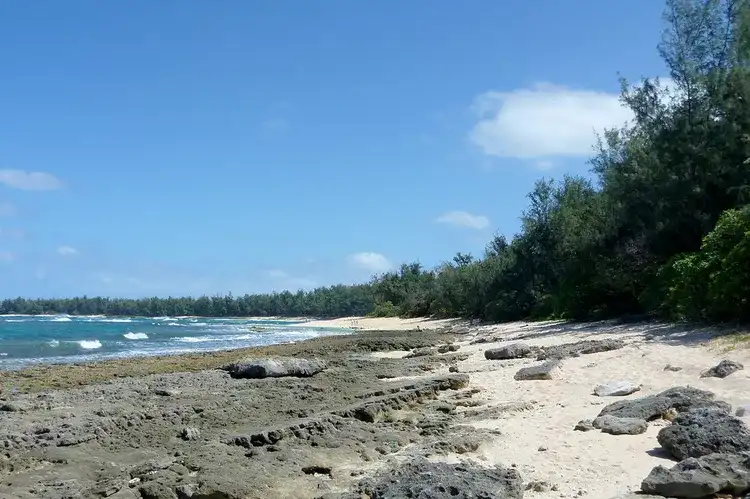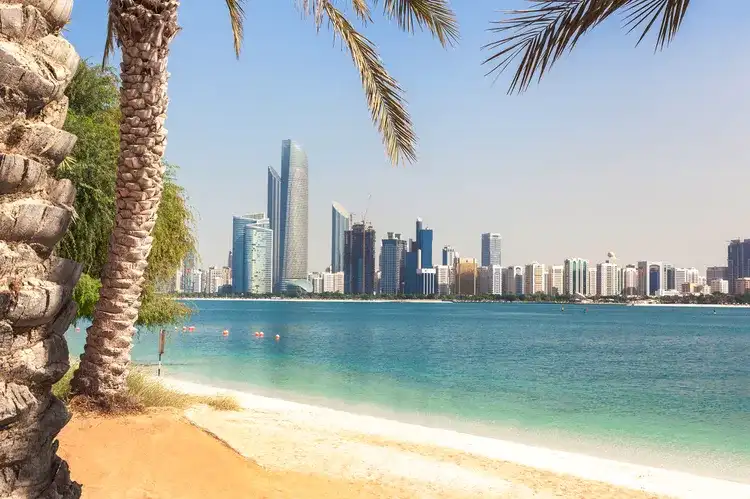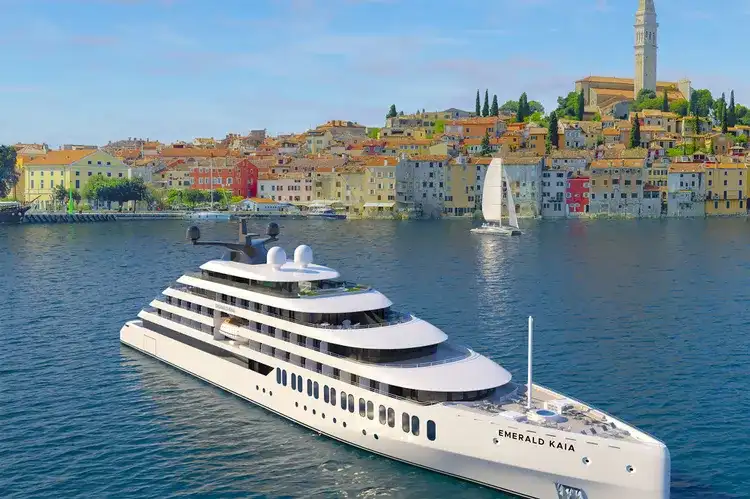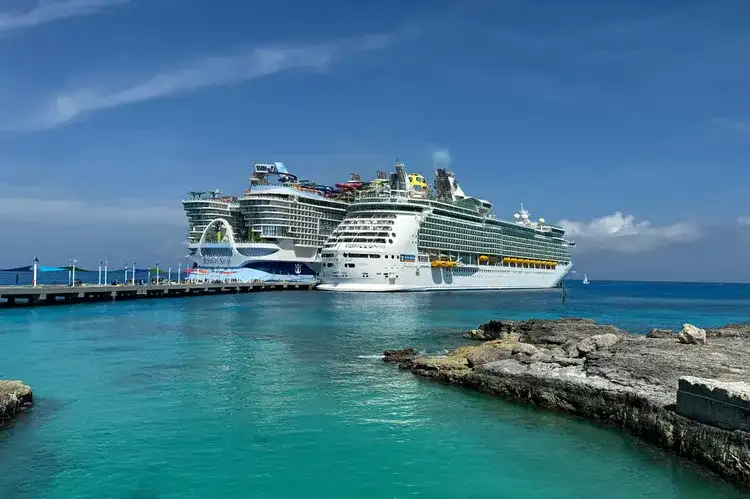As summer gets underway, new data from the Surfrider Foundation has raised concerns for travelers and locals heading to some of the country’s most beautiful beaches. The 2024 Clean Water Report has found that one of Hawaii’s most iconic spots, Kahalu’u Beach on Oahu, is the No. 1 bacteria hot spot in the United States, with an alarming 92 percent of samples failing to meet health safety standards.
Every year, Surfrider Foundation tests hundreds of beaches to track water quality and protect public health. This season, the numbers paint a worrying picture: many favorite destinations could be hiding invisible health threats. The report highlights that 92 percent of water samples collected from Kahalu’u Beach were over the state’s legal limit for bacteria in recreational water. Waikomo Stream at Koloa Landing in Poipu, also in Hawaii, followed closely with a 90 percent failure rate.
The list of the ten most bacteria-polluted beaches is not limited to Hawaii – it stretches across the East and West Coasts, as well as Puerto Rico. These beaches are deeply important to their communities, both for recreation and the local economy, but pollution threatens both public health and the environment.
According to the report, major sources of contamination include stormwater runoff, agricultural discharge, industrial waste, and untreated sewage. After heavy rain, pollutants like road dust, oil, animal waste, fertilizers, and dangerous chemicals wash into the ocean, sometimes along with raw sewage. This combination creates high bacteria levels that are invisible to the eye but hazardous for anyone swimming, surfing, or playing in the water.
To monitor the scale of the problem, the Blue Water Task Force (BWTF) operated 60 labs across the country in 2024, analyzing more than 10,000 water samples from 604 different sites. The Surfrider Foundation also works with volunteers to collect data from beaches that would otherwise go untested and to check areas suspected of being pollution sources. Results from these efforts were sobering: 80 percent of all tested beaches and sites had high bacteria counts exceeding state safety requirements.
Surfrider Foundation, which has been fighting for clean water since 1984, expressed its concerns about recent federal budget plans. The President’s 2026 proposal would cut all funding for the EPA’s BEACH Act Grants program, which supports water quality monitoring and public notification in 35 coastal states and territories. Without this funding, families may have no warning about dangerous pollution levels at beaches across the U.S.
In response, Surfrider has launched a petition urging Congress to restore EPA funding for clean water programs. Volunteers are active at each of the top ten bacteria hot spots, sharing information and helping beachgoers understand the risks. The foundation hopes that publicizing these findings will put pressure on local and federal authorities to tackle the pollution sources and protect beachgoers.
Hawaii’s beaches attract millions every year, making it even more crucial to address water contamination and safeguard the natural beauty of the islands for the future.








